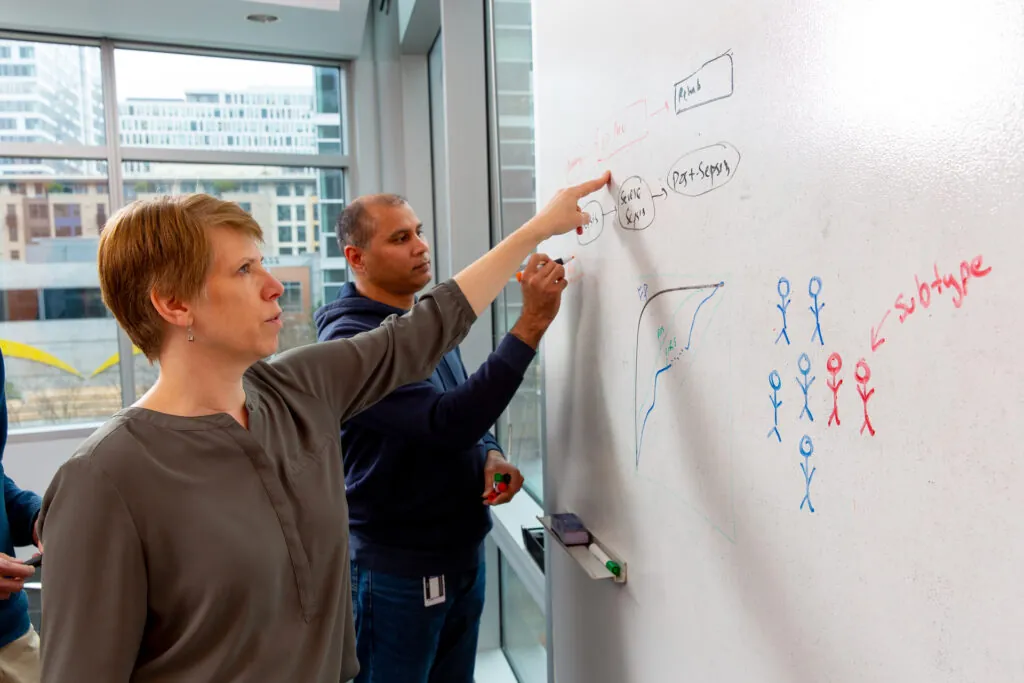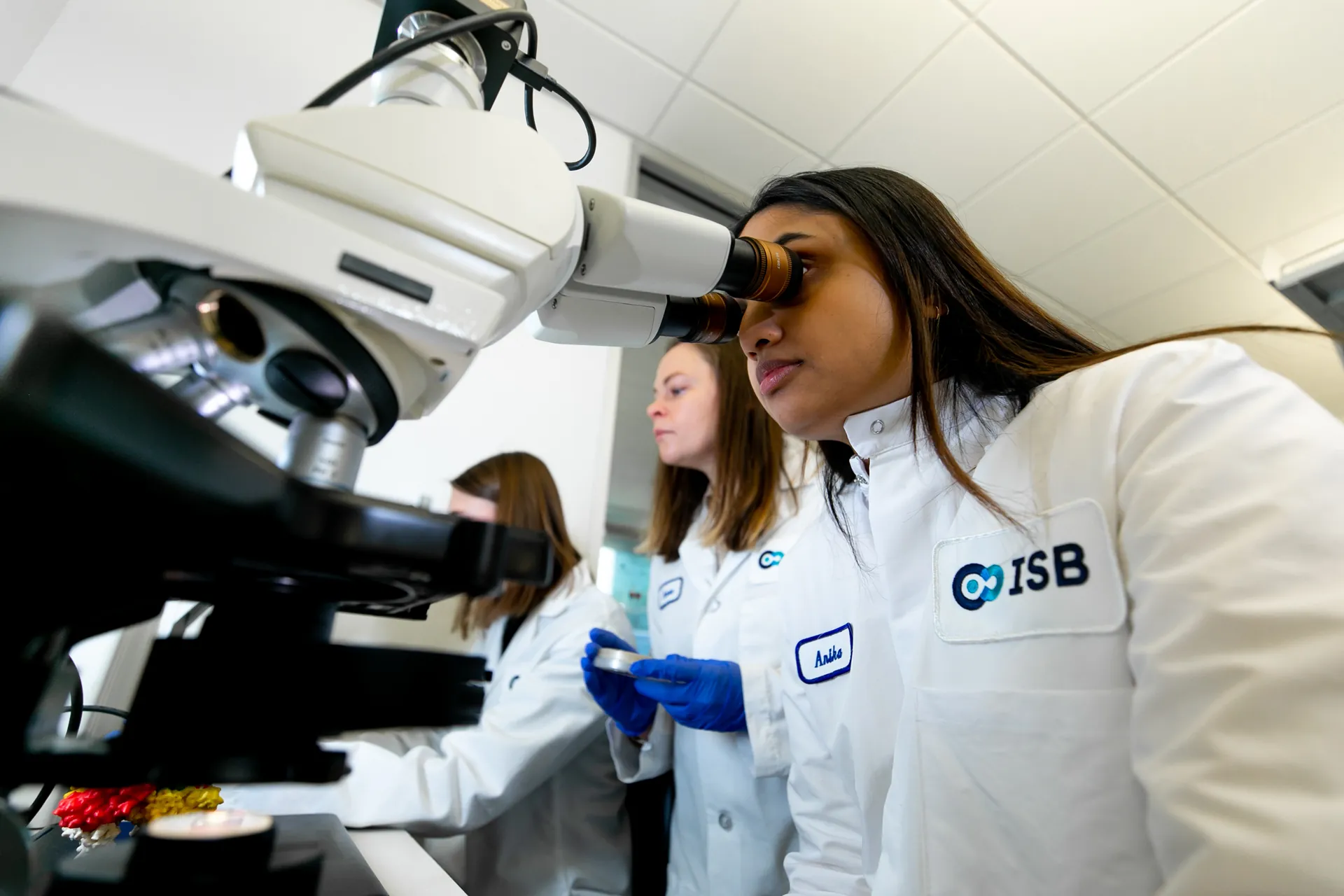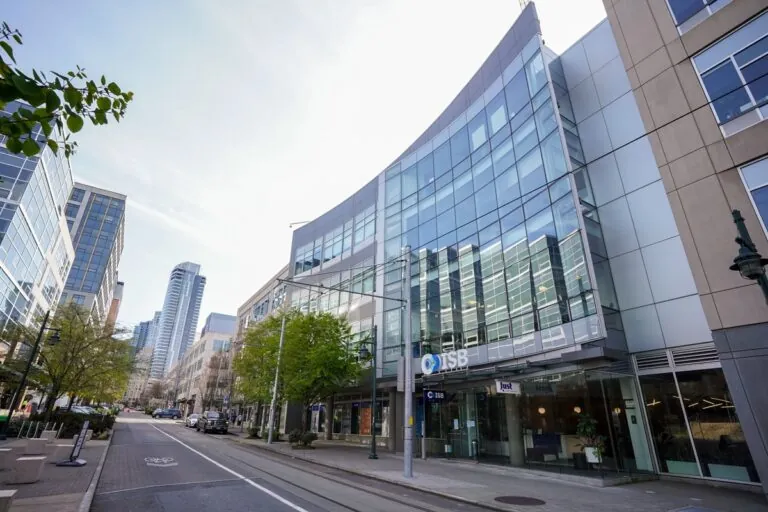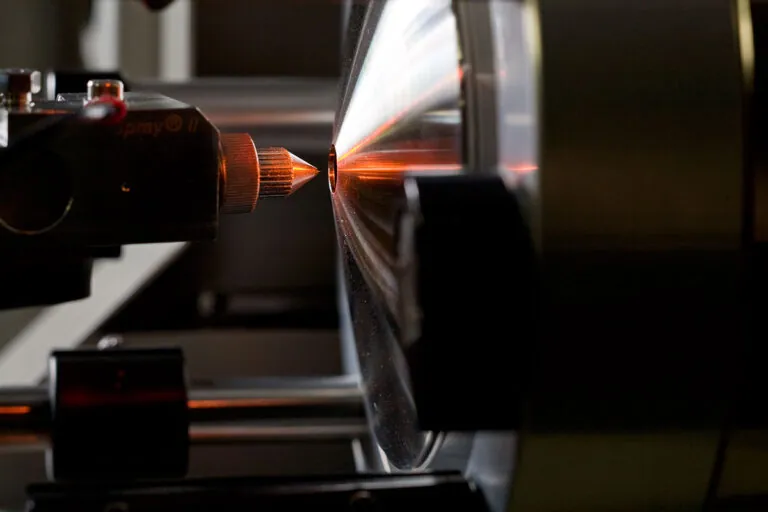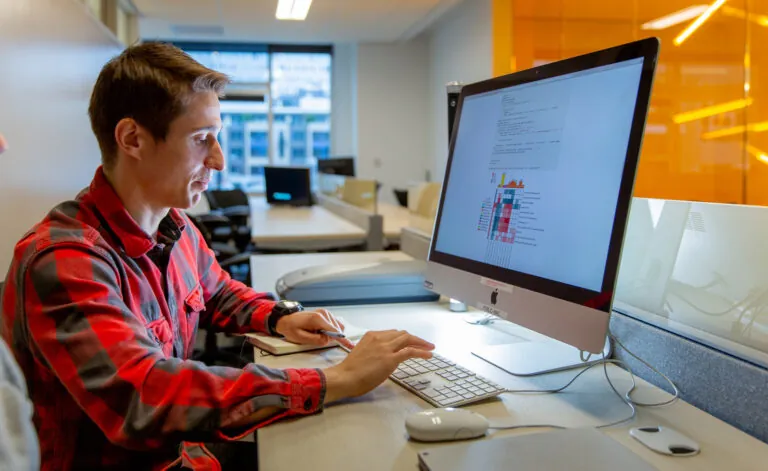ISB is a unique organization.
Unlike most of academia, ISB provides faculty the opportunity to focus specifically on research without classroom teaching requirements. Our faculty mentorship program enables success and sustainability by linking assistant professors with senior faculty who provide advice and support. As an organization, we value work-life balance, are committed to diversity, and foster a cross-disciplinary environment that enables us to take on big, complex problems.
